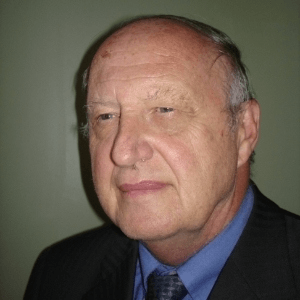Nanomaterials are manufactured particles with extremely small dimensions that take advantage of the nanoscale's unique physical and chemical capabilities. Nanomaterials' physical and chemical properties differ from those of larger-scale particles as a result of their smaller size, and they may behave in unpredictable and unknown ways. Chemical substances or materials that are made and used on a very small scale are known as nanomaterials. Nanomaterials are created to have unique properties compared to materials that do not have nanoscale features, such as greater strength, chemical reactivity, or conductivity.
Engineered biomaterials have been designed to resemble biological tissues and interact with biological systems. These biomaterials must have adequate physicochemical properties for a variety of medical applications, including tissue scaffolds, drug delivery systems, surgical agents (e.g., adhesive, hemostatic agents), and functional coatings of biomedical devices and bioelectronics. Biomaterials can be synthesised in laboratories utilising a variety of chemical methods. The physical, chemical, in-vitro, in-vivo, mechanical, and surface features of biomaterials are all detailed information for researchers. Bioactive glasses are surface reactive glass-ceramic biomaterials with bioglass that are primarily used as implants to repair and regenerate damaged bone.
- Nanomaterials
- Synthesis of Organic, Inorganic, And Hybrid Nanomaterials
- Characterization of Mesoscopic Properties
- Modelling of Nanomaterials And/or Mesoscopic Effects
- Applications

Thomas J Webster
Hebei University of Technology, United States
Hossein Hosseinkhani
Innovation Center for Advanced Technology, Matrix, Inc., United States
Hai Feng Ji
Drexel University, United States
Paulo Cesar De Morais
Catholic University of Brasilia, Brazil
Azzedine Bensalem
Long Island University, United States
Robert Buenker
Wuppertal University, Germany
Rafal Kozubski
Jagiellonian University in Krakow, Poland
Sylwia Wcislik
Kielce University of Technology, Poland
Raman Singh
Monash University-Clayton Campus, Australia


Title : Circumventing challenges in developing CVD graphene coating on mild steel: A disruptive approach to remarkable/durable corrosion resistance
Raman Singh, Monash University-Clayton Campus, Australia
Title : Highlighting recent advancements in electromagnetic field subwavelength tailoring using nanoparticle resonant light scattering and related topics
Michael I Tribelsky, Moscow State University, Russian Federation
Title : The impact of nanomedicine: 30,000 orthopedic nano implants with no failures and still counting
Thomas J Webster, Hebei University of Technology, United States
Title : Logistic-modified mathematical model for tumor growth treated with nanosized cargo delivery system
Paulo Cesar De Morais, Catholic University of Brasilia, Brazil
Title : Current and future of red and black phosphorus nanomaterials
Hai Feng Ji, Drexel University, United States
Title : Azodye photoaligned nanolayers for liquid crystal: New trends
Vladimir G Chigrinov, Hong Kong University of Science and Technology, Hong Kong
Title : Atomistic simulation of chemical ordering phenomena in nanostructured intermetallics
Rafal Kozubski, Jagiellonian University in Krakow, Poland
Title : The enhanced cytotoxic effect of curcumin on leukemic stem cells via CD123-targeted nanoparticles
Wariya Nirachonkul, Chiang Mai University, Thailand
Title : Efficiency of nanoparticles (Micromage-B) in the complex treatment of multiple sclerosis
Andrey Belousov, Kharkiv National Medical University, Ukraine
Title : Innovative method of nanotechnology application in the complex treatment of multiple sclerosis
Andrey Belousov, Kharkiv National Medical University, Ukraine